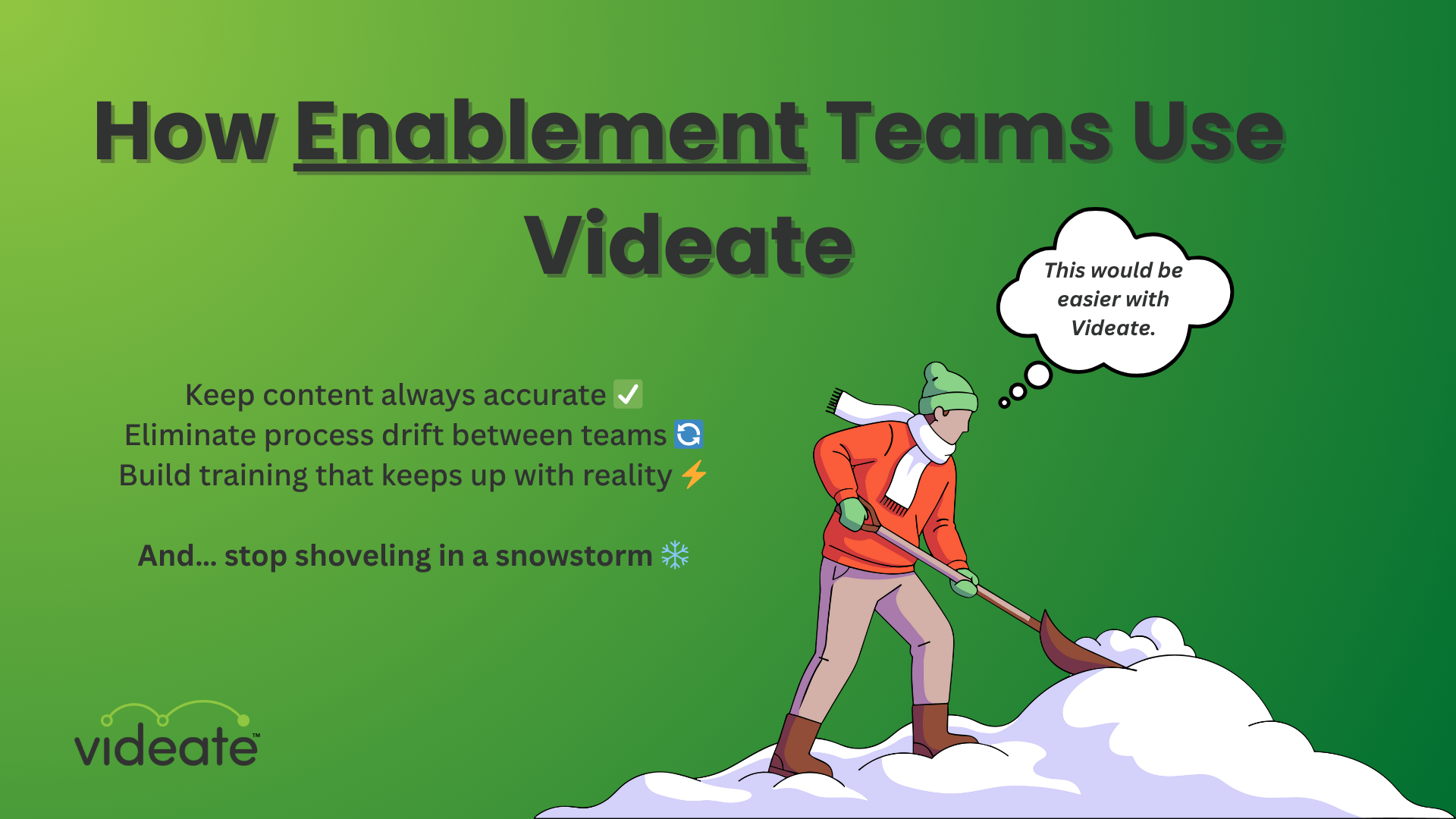
All business is global. And in order to do business globally, you have to think local.
We're talking local language.
Literally.
To reach every corner of the earth, we need to speak each others' languages. 40% of customers will not buy from a site that’s in another language. And 75% want product information in their native language.
Lucky for us, there are translation services. But different services fit different needs, and it’s important to know which one is best for you. Should you use a freelancer to translate an entire website into five languages? What about auto translation on an ad campaign?
There are tons of resources that can help with a business’s translation needs. Large translation agencies, individual interpreters, or auto translation technology are a few.
To find the best translation service for your business, you must first get specific about the project needs and then check out the translation service options available below.
Get Specific with Your Needs
With so many options available for translation services, it can quickly get overwhelming. When searching for the right solution, the most important thing is to figure out what, exactly, your needs are.
Scope: How big is your project?
This one is extremely important. This helps you narrow down whether your translation needs are big enough for full time staff or whether you can get away with just a freelancer.
Questions to consider:
- Is the project large, such as translating an entire website, or small, such as a one-off infographic?
- How many languages does the project need to be translated into?
- Is this a one-time need or will it be ongoing?
Timeline: How fast do you need it?
Like with any project, knowing the timeline is extremely important when figuring out your translation options. If you have a long enough runway, then you can wait for an agency to take its time. But if you need something tomorrow, then your mom’s neighbor’s cousin who’s fluent might start looking like a solid option.
Questions to consider:
- Is there a hard deadline?
- Is there an expedited turnaround time to hit a specific project goal or launch?
- How many team members are involved in the approval process, and what do you have to factor into your scheduling to make sure all the moving parts fit into place?
Complexity: How nuanced is the source material?
Consider the source material– there’s a huge difference between translating poetry versus technical documentation. Think about the tone of your messaging and what you want people to learn, feel, and connect with when it is translated.
Questions to consider:
- What are you translating?
- How much room is left up to the interpreter and will it impact the message?
- How can you ensure mood, tone, and messaging stays intact?
Regions and Dialects: What are the localization specifics?
It’s important to realize that there are differences within languages. For instance, there are 10 different Spanish dialects spoken throughout the world. The Spanish used for a project in Spain may need to be different from Spanish you’d use in the Dominican Republic.
There are different accents, different idioms and even different spellings. Even American English content may need some tweaks before getting distributed in the UK. Like updating spelling (“color” to “colour”) or vocabulary (“apartment” to “flat”).
Questions to consider:
- How widely will the piece be distributed?
- Do you need to translate into a very specific regional dialect?
- Do you need to be aware of local slang or idioms?
Available Translation Service Options
Once you figure out what you need, it’s time to choose which translation service works best. Here are the options, with the pros and cons of each.
Jump to a specific translation type:
Individual Interpreter: Full-Time Staff
This is someone that is on your staff with the full-time job of translating your copy.
Pros: Best for long term needs for one specific language and localization effort. They can get really into the subtleties of the content and the localization of it.
Someone working full-time on your staff gives the project their full attention. They’ll become well versed in the subject material and be able to perfect the nuances needed in translation.
Cons: Not as scalable as other solutions. A full-time hire may be a master of one or two languages but unable to help with others. And if there’s not enough work, you run the risk of paying for someone to just sit around.
Individual Interpreters: Freelancer
A go-to person who will take on projects as needed. This can be a contractor you already know, or a freelancer who offers their services on sites like Fiverr and Upwork.
Pros: Best for shorter, one-time needs with a specific language. Can be the most cost-effective. With a Fiverr/Upwork hire, the lower cost can enable hiring multiple translators to support multiple languages. Often faster turnaround than an agency.
Cons: Finding a freelancer takes time, and might require trial and error before you find the right fit. The cost can easily spiral if multiple languages are needed, or if the project gets too large.
Then there’s the trust factor. Can you trust that the person you hire will be able to translate with care in the time frame allotted?
Individual Interpreter: Personal Contact
This is someone you may know personally or in your network who is willing to help out. Ideally a native speaker of the language you need and not just a buddy who took a couple courses in high school ten years ago.
Pros: Can be inexpensive or even free. Best for internal use cases (ie. not customer-facing) and content that’s not too complex or open to interpretation.
Cons: You get what you pay for. There’s a risk of mistranslation if the content is especially nuanced or needs attention paid to specific regional dialects.
Translation Agency
A company that specializes in translation services.
Pros: Agencies are great for multi-language needs and large scale and/or ongoing projects. There are even agencies that can specialize in your field. Useful for larger projects that need guaranteed professionalism and results.
Plus, the agency will take care of assigning tasks, proofreading work, and overseeing progress. Look for an agency with a strong reputation so you can trust that the job will get done professionally.
Cons: Agencies can get really expensive really fast. The size and scale of the project has to be big enough or long term enough to justify the expense. Plus, getting last minute changes or requests done will likely come with an additional price tag.
Auto Translation
Computer-operated translation software that automatically translates in or near real time with little-to-no human effort.
Pros: Great for ongoing, multi-language needs as long as the content is straightforward (like technical documentation).
It is extremely fast, getting more accurate every day, and can be utilized in multiple languages. It is also very cost-effective. Great for ongoing projects, and ones that need to be translated in many languages.
Cons: Auto translation can have difficulty localizing with regional slang, idioms, and dialects. It’s great for technical materials, but not recommended for content that needs a lot of nuance when it comes to word choice, like fiction or ad copy.
Auto Translation-Human Hybrid
No, it’s not a cyborg (yet). It’s using the auto translation software to do the brunt of the work and then a person to proofread.
Pros: The best of both worlds. Auto translation does most of the work, fast. The proofreader is there for quality control. Higher cost than auto translation alone, but overall can be much cheaper and faster than using individual interpreters or agencies. Especially for big projects.
Cons: It may be difficult to ascertain the amount of work the human needs to do and how much to compensate.
How Videate Can Help
Translation is important for global SaaS company content, and there are many avenues to consider. If you need to localize software training videos in multiple languages, Videate can help!
Using your translated script, Videate generates text to speech voice overs synced to the script in any language you need. With voices available in over 70+ languages, there’s no need to hire VO talent to localize your video library.
With Videate, you can also generate videos across all of the different language instances of your software. Plus, keeping videos up to date with the latest software release is as simple as clicking “render”.
.png)
How Customer Success & Education Teams Use Videate


